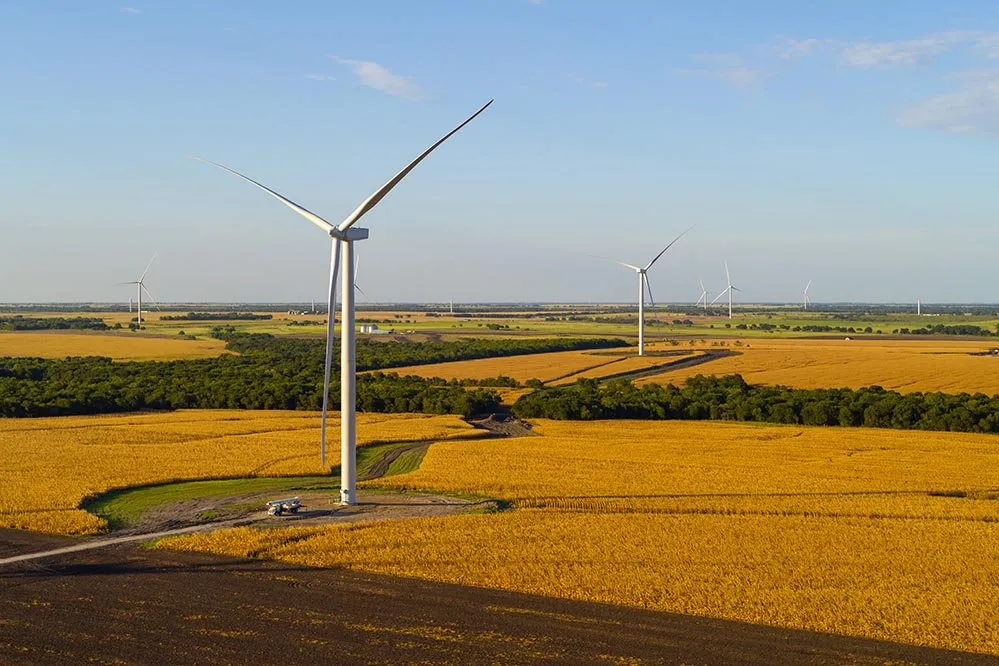US onshore wind delivers rare positive news as headaches mount with Trump
First half installations rose 12% even as the industry grapples with president's hostility, regulatory obstacles and transmission congestion

US onshore wind installations rose 12% to 2.33GW through June versus a year earlier despite a disappointing second quarter and ongoing challenges that are unlikely to improve the balance of 2025, according to a new report.
The result suggests industry activity in 2025 will exceed 3.9GW last year, its worst performance in more than a decade. Still even 5GW or 6GW would fall far short of average annual 9GW new capacity in 2015-24.
Onshore wind comprised about 12.2% of 19.1GW of US clean energy additions in January through June with solar and battery storage holding the top two spots.
Not to mention a hostile President Donald Trump whose administration continues trying to thwart wind development.
“The uncertainty created by new bureaucratic delays and unclear demands is having a chilling effect on the pipeline for future energy projects, stalling growth precisely when our nation needs more energy to power a growing economy,” said ACP CEO Jason Grumet.
The administration in August revoked approval of the 1GW Lava Ridge wind project on mostly federal lands in the western state of Idaho, citing “crucial legal deficiencies” in its issuance. Several other projects on federal lands in Wyoming appear frozen.
Even though most onshore land-based wind activity occurs on private property, certain projects do require US approvals for power lines to transit federal lands or cross sensitive wetlands, while others must obtain a permit that allows “take,” or accidental killing of protected birds by turbines.
The height of each turbine for each wind project must also be approved by the Federal Aviation Administration, which regulates civil aviation.
It is unclear to what extent the administration is using its regulatory powers to impede projects onshore, although officials have suggested it will take a hard look at whether they are complying with “take” requirements for bald and golden eagles in several western states.
In the second quarter, additions totaled 1GW of capacity, down 30% from a year earlier. Apex Clean Energy’s 300MW Prosperity Wind in Illinois was the largest of seven projects brought into commercial operation.
Projects coming online this year and in 2026 qualified for federal tax credits under rules in the Inflation Reduction Act, which became law in July 2022.
Republicans’ partisan One Big Beautiful Bill Act, which took effect two months ago, tightened eligibility criteria for the credits and advanced their sunset by five years.
Under the new law, onshore wind projects that start construction by 4 July 2026 will have until June 2030 – four years - to enter service. Otherwise, if work begins between 5 July and 31 December, they must come online by the end of 2027 to qualify for tax credits.
Developers are advancing projects that can meet next year’s 4 July deadline and would enter commercial operation in 2027 and 2028. How much of this will be seen through to completion is also unclear.
The industry on 30 June had 28GW of onshore wind projects under construction or in advanced stages of development, according to the report.
(Copyright)